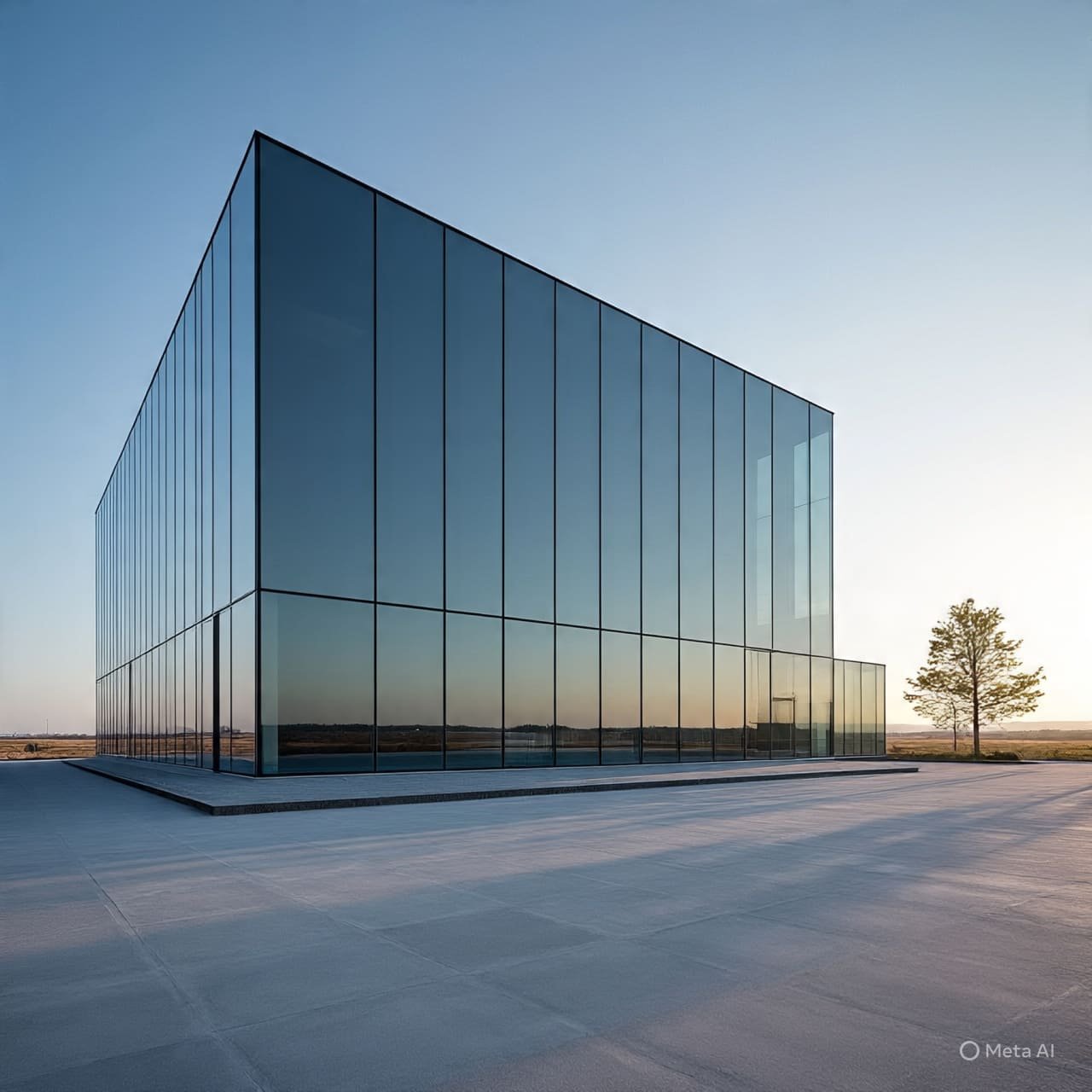10 SEO Signals Your Design Studio Should Be Tracking
SEO Isn’t Magic — It’s Signals, Data, and Direction
Let’s be blunt: if you’re not tracking the right signals, you’re not doing SEO. You’re guessing.
Most design studios still look at the wrong numbers. Homepage traffic. Instagram likes. Keyword rankings for terms nobody actually hires from.
That’s noise.
The firms growing in 2025 are the ones tracking revenue-driving SEO signals—not vanity metrics. see our guide on SEO Metrics That Matter for Architecture and Design Leadership
At Adswom, we built the Search-to-SQL framework for exactly this reason: to turn visibility into booked projects. And it starts with measuring what matters.
This blog breaks down the 10 SEO signals your design studio should track—the ones that actually lead to profitable inquiries.
Key Takeaways
- Don’t track everything. Track the 10 SEO signals that tie directly to growth.
- Not all traffic matters. Focus on qualified traffic and intent keywords.
- Project pages are your secret conversion weapons—optimize them like landing pages.
- Authority backlinks, branded searches, and local visibility = digital trust.
- SEO isn’t just about rankings—it’s about turning organic sessions into sales-qualified leads (SQLs).

SEO Signal Quick Reference Table
| SEO Signal | What to Track | Why It Matters | Tools to Use |
|---|---|---|---|
| Qualified Traffic | Organic visits with service intent | Brings serious prospects | GA4, GSC |
| Intent-Based Keywords | Keywords tied to hiring action | Aligns with buyer mindset | Ahrefs, SEMrush, GSC |
| Project Page Views | Traffic, time on page, exits | Converts browsers to leads | GA4, Hotjar |
| Authority Backlinks | Referring domains, press mentions | Boosts trust + rankings | Ahrefs, Moz, Google Alerts |
| Mobile Speed & Web Vitals | LCP, CLS, FID scores | Trust + Google ranking factor | PageSpeed Insights, GTmetrix |
| Conversion Paths | Visitor journey to conversion | Reveals what content drives action | GA4, Tag Manager, CRM |
| Content Engagement | Scroll depth, return visits | Signals value + builds trust | Hotjar, Clarity, GA4 |
| Local SEO Visibility | Map pack rankings, GBP impressions | Captures high-value local leads | BrightLocal, GMB Insights |
| Branded Search Volume | Studio name searches | Measures demand & awareness | Ahrefs, GSC |
| Organic Lead Generation | Forms, calls, CRM inquiries | Direct proof of ROI | GA4, HubSpot, CallRail, CRM |
1. Qualified Organic Traffic
Not all traffic is equal.
If 70% of your visitors are students, DIYers, or people outside your region—you’re wasting bandwidth.
Track:
- Organic sessions from non-branded searches
- Geo-filtered traffic from target regions
- % of returning visitors
Why it matters: This is the first signal of alignment. It tells you whether your SEO is pulling the type of people who could actually hire you.
Tools: Google Analytics 4, Google Search Console
2. Keyword Rankings with Intent
Stop bragging about ranking for “interior design ideas.” No high-value client hires from that.
Your goal is to rank for decision-stage searches, like:
- “Luxury residential architect in Napa”
- “Boutique hotel interior designer Goa”
- “Sustainable villa architect Bangalore”
Track:
- Long-tail, geo-specific keywords
- BOFU (bottom-of-funnel) rankings tied to service pages
Why it matters: Intent beats volume every time. It’s better to rank for a keyword searched 50 times a month by wealthy buyers than one searched 10,000 times by browsers.
3. Project Page Performance
Your portfolio isn’t a gallery. It’s a conversion funnel.
For step-by-step structuring, see How to Make Your Portfolio Pages SEO-Friendly
Every project page should work like a landing page. If someone spends 5 minutes reading your Malibu villa case study, they’re halfway sold.
Track:
- Organic traffic per project
- Time on page (are they actually reading?)
- Depth of navigation (do they explore more?)
Why it matters: High-performing project pages convert browsers into leads.
Tools: GA4, Hotjar
4. Backlinks from Authoritative Sites
A backlink from a design magazine is worth 100 from random blogs.
Track:
- Referring domains (where links are coming from)
- Anchor text relevance (are they design-related?)
- Link authority scores
Why it matters: Backlinks are still one of Google’s strongest signals. A mention in Dezeen or Architectural Digest boosts both your rankings and your reputation.
Tools: Ahrefs, Moz, Google Alerts
5. Mobile Speed & Core Web Vitals
Luxury clients won’t wait 7 seconds for your high-res images. They’ll bounce. If your site is image-heavy, our guide on Technical SEO for Image-Rich Portfolio Sites breaks down how to optimise speed without sacrificing visuals.
Track:
- Page load time (< 2.5s)
- CLS (layout shift)
- LCP (time to largest visual load)
- FID (interaction delay)
Why it matters: Speed isn’t just UX—it’s a trust signal. A slow site screams sloppy execution.
Tools: PageSpeed Insights, Lighthouse, GTmetrix
6. Conversion Paths from Organic Search
Don’t just ask: Did they convert? Ask: How did they convert?
For a framework on tying signals to outcomes, see Keyword to SQL: Mapping Intent to Inquiry for Architects and Design Studios
Track:
- Entry page → journey → inquiry form
- Middle-of-funnel content performance (FAQs, process guides, cost explainers)
Why it matters: This tells you which content moves people from curiosity to consultation. Without it, you’re blind to what actually works.
📌 Tools: GA4, Tag Manager, CRM funnels
7. Content Engagement Signals
If your content doesn’t hold attention, it won’t convert.
Track:
- Average time on page
- Scroll depth
- Repeat visits
Why it matters: Engagement proves relevance. Google uses it to judge quality. Clients use it to judge trust.
Tools: Hotjar, Clarity, GA4
8. Local SEO Visibility
Even global clients search local. To build a foundation, check our resource on Measuring Local SEO Performance for Design Firms
Example: someone in London building a second home in Palm Beach will type “Palm Beach luxury home architect.”
Track:
- Map pack rankings
- GBP (Google Business Profile) views/clicks
- Local keyword rankings
Why it matters: Most design projects happen within 50km of your studio—or the client’s property. If you’re not visible in map packs, you’re invisible where it matters most.
Tools: BrightLocal, GBP Insights
9. Branded Search Volume Growth
When more people type your studio name into Google, it’s a sign of brand momentum.
Track:
- Search volume for “[Studio Name] + reviews/contact/portfolio”
- Branded keyword trends over time
Why it matters: Branded search proves your marketing is compounding. It shows your studio is becoming top-of-mind.
Tools: GSC, Ahrefs
10. Leads from Organic Traffic (The Only Metric That Matters)
Let’s cut the fluff. If SEO isn’t creating real inquiries, it’s wasted effort. See our complete guide on How to Prove the ROI of SEO for Your Design Studio
Track:
- Form fills
- Calls
- Booked consultations
Why it matters: This is the endgame. SEO isn’t about rankings—it’s about turning Google visibility into high-value projects.
Tools: GA4, HubSpot, CallRail, CRM with UTMs
Signal Priority by Funnel Stage
| Funnel Stage | Primary SEO Signal | Secondary Signal |
|---|---|---|
| TOFU (Top) | Qualified Traffic, Engagement | Branded Search Growth |
| MOFU (Middle) | Intent Keywords, Conversion Paths | Project Page Performance |
| BOFU (Bottom) | Organic Inquiries, Local SEO | Authority Backlinks, Speed |
This funnel view makes it simple: don’t measure everything at once. Measure what matters at each stage of the client journey.
Are You Tracking What Actually Matters?
Ask yourself:
- Are your project pages pulling in inquiries—or just pageviews?
- Do you know which content makes clients convert?
- Can you tie organic traffic directly to revenue?
If the answer is “no,” your SEO is leaking opportunities.
🎯 Let’s fix that. Start your Free Visibility Diagnostic →
We’ll show you what’s working, what’s broken, and how to turn signals into SQLs.
How Adswom Tracks SEO for Design Firms
We don’t track vanity metrics. We track signals that map to SQLs:
- Inquiry quality tied to keyword intent
- Portfolio visibility by project type
- Conversion rates segmented by funnel stage
- Authority backlinks from design publications
- Organic session → SQL conversion ratios
That’s how Search-to-SQL turns traffic into trust, trust into conversations, and conversations into booked projects. Start your Free Visibility Diagnostic →
Tracking SEO for Architects and Design Studios
What’s the difference between traffic and qualified traffic?
Qualified traffic comes from users searching for services you actually sell. General traffic could be students, hobbyists, or browsers—valuable for awareness but useless for revenue.
How can I tell if SEO is working?
You’ll see improvements in rankings for high-intent keywords, inquiry quality, and organic leads tied back to SEO. For timelines, check How Long SEO Takes for Architects
How often should we audit SEO signals?
Monthly for reporting. Quarterly for strategic pivots. SEO for design firms needs consistent measurement to stay aligned with project goals.
What tools do we really need?
Start with GA4, GSC, Ahrefs, Hotjar, and a CRM. For next-level clarity, see Building Dashboards to Measure SEO Performance
What’s the most overrated metric firms track?
Homepage traffic. It’s inflated, often irrelevant, and doesn’t tell you which projects or services are actually generating leads.
SEO Is Only as Powerful as the Signals You Track
You don’t need 50 metrics. You need the 10 that actually matter.
Track:
- Qualified traffic, not just traffic
- Intent-based keywords, not just rankings
- Project engagement, not just pretty pictures
- Organic inquiries, not just visibility
Design SEO isn’t about guessing. It’s about engineering a funnel where every signal ladders up to real projects.
Stop tracking noise. Start tracking signals. That’s how you win better clients.
Start with our Free Visibility Diagnostic
Ready to stop tracking noise and start measuring what drives real design inquiries?
Writing team:

Les't communicate.
Recent Articles
 The Real Cost of Generic SEO for High-End Architecture and Interior Design Studios
The Real Cost of Generic SEO for High-End Architecture and Interior Design Studios
 Why Generalist SEO Fails Designers — And What to Do Instead
Why Generalist SEO Fails Designers — And What to Do Instead
 What to Look for in an SEO Agency: A Strategic Guide for Architects and Design Firms
What to Look for in an SEO Agency: A Strategic Guide for Architects and Design Firms

